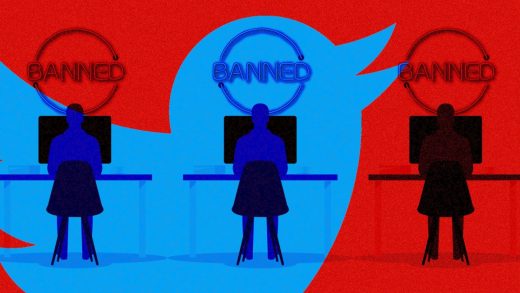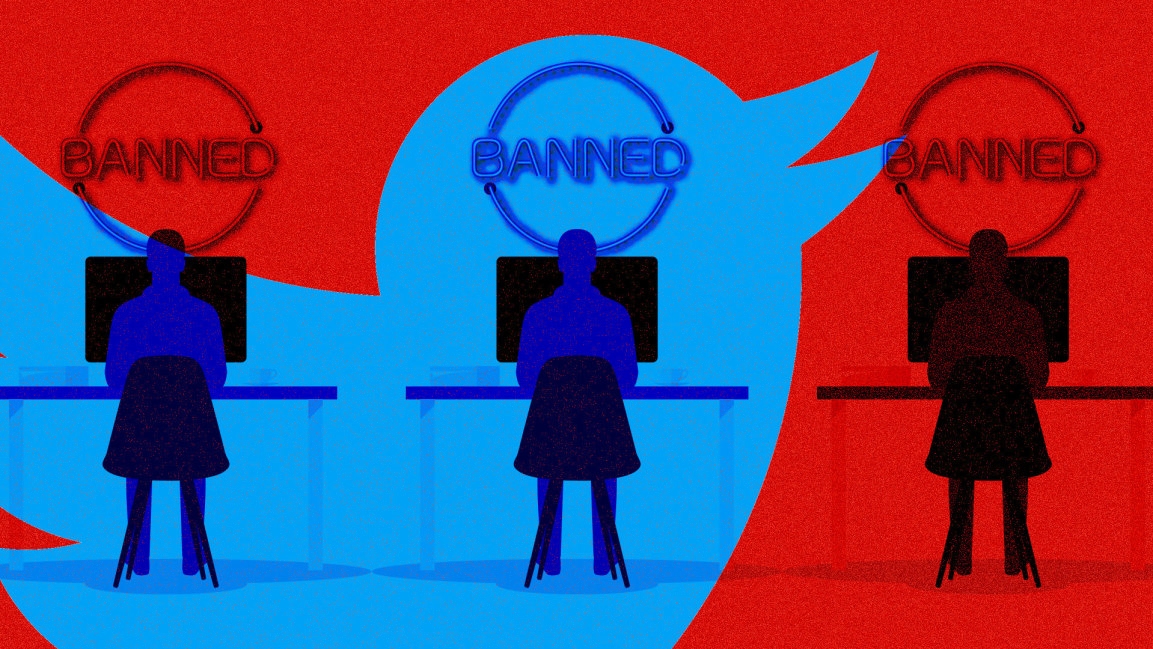People are already ripping apart Twitter’s messy new rules about tweeting images
One day after Jack Dorsey stepped down as CEO, Twitter announced today that it’s expanded its privacy policy to include a ban on sharing photos and videos of other people without their permission. It’s positioning the new rule as an add-on to its anti-doxxing policies. In a blog post, Twitter explains it already prohibits the sharing of private information—whether that’s street addresses, GPS coordinates, driver’s licenses, credit cards, medical records, naked pictures, or personal cell phone numbers. New to this list is “media of private individuals without the permission of the person(s) depicted.”
A blog post laying out the rule states that if a person informs Twitter that the pic or video was tweeted without their permission, then it’ll be yanked from the platform. A complaint, filed by either the individual themselves or an “authorized representative,” will have to state the media was uploaded without their consent. As Twitter explains, “When we are notified by individuals depicted, or by an authorized representative, that they did not consent to having their private image or video shared, we will remove it.”
What exactly does this new rule mean?
You basically can’t post images of “regular” (aka non-famous) people anymore until they say it’s cool—unless it falls under one of Twitter’s exceptions to this rule. Then you can.
Who is protected by the rule?
Private citizens in most (but not all) situations. Also: public figures, sometimes, if the images in question are intended to harass, intimidate, or use fear to silence them.
How do you establish that you’re the person in the photo or video?
Twitter does not elaborate on that.
But what about those two “exceptions”?
Twitter gives its users (and itself) two ways out.
Exception #1 is the second part of the section that says certain images of public figures are fair game. It adds that some images of private individuals are fine “when media and accompanying Tweet text are shared in the public interest or add value to public discourse.”
Exception #2 applies to crisis situations:
There are instances where account holders may share images or videos of private individuals in an effort to help someone involved in a crisis situation, such as in the aftermath of a violent event, or as part of a newsworthy event due to public interest value, and this might outweigh the safety risks to a person.
How will Twitter decide when an exception does or doesn’t apply?
Here’s the explanation Twitter gives on that:
We will always try to assess the context in which the content is shared and, in such cases, we may allow the images or videos to remain on the service. For instance, we would take into consideration whether the image is publicly available and/or is being covered by mainstream/traditional media . . . or if a particular image and the accompanying tweet text adds value to the public discourse, is being shared in public interest, or is relevant to the community.
Do people think this new rule is enforceable? Where would that Central Park Karen video fit in, or photos of January 6 insurrectionists?
Early consensus seems to be this standard looks impossible to manage, as well as vulnerable to abuse—from police officers, for instance. Folks across the political spectrum are bringing up various hypotheticals based on actual past events—pics from the Capitol Hill attack, screenshots of Darrel Brooks’ Facebook page—to show the problems they see with Twitter’s new rule.
This policy is 100% going to be abused by cops who don’t want their abuses exposed.
Just like the cops who abused YouTube’s copyright policy by playing copyrighted music while a concerned citizen was filming to make sure YouTube would take down the video. https://t.co/nWDs1HB1Sj
— Kendall Brown (@kendallybrown) November 30, 2021
If Twitter does not clarify its terms, police will use this to escape accountability. As written, officers could get away with claiming to be subjects of unauthorized media releases. https://t.co/SccK1q7F5B
— Ford Fischer (@FordFischer) November 30, 2021
So is this not a violation of your new policy or…? https://t.co/D58K8We05j
— Nick Short ?? (@PoliticalShort) November 30, 2021
Under Twitter new ‘private media’ regulations we wouldn’t have been allowed to post screenshots of Darrel Brooks’ Facebook posts
— Jack Posobiec ?? (@JackPosobiec) November 30, 2021
So, if I go to a concert and film the crowd I have to ask 20,000 people for permission first before hitting tweet?
— Benjamin Butterworth (@benjaminbutter) November 30, 2021
This is actually one of the biggest questions I have about the new policy.
In the news business, “consent to be filmed” is implied in being out in public (as opposed to inside one’s private home).
Is this also Twitter’s definition?
— Steven I. Weiss (@steveniweiss) November 30, 2021
Fast Company , Read Full Story
(75)



